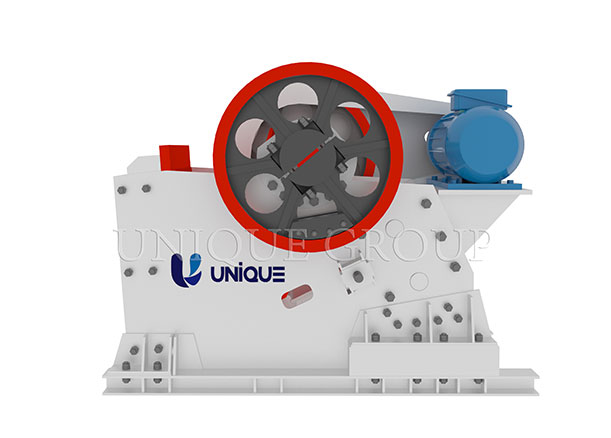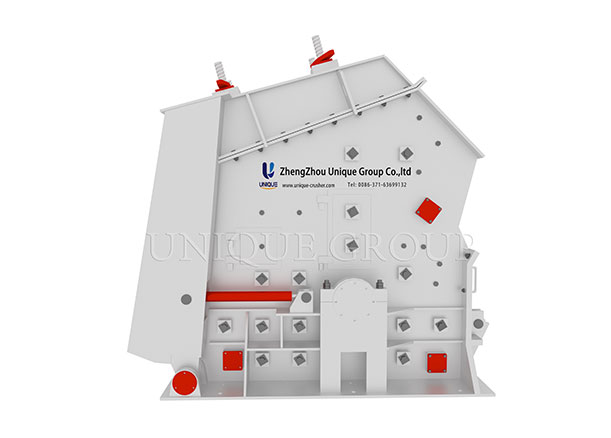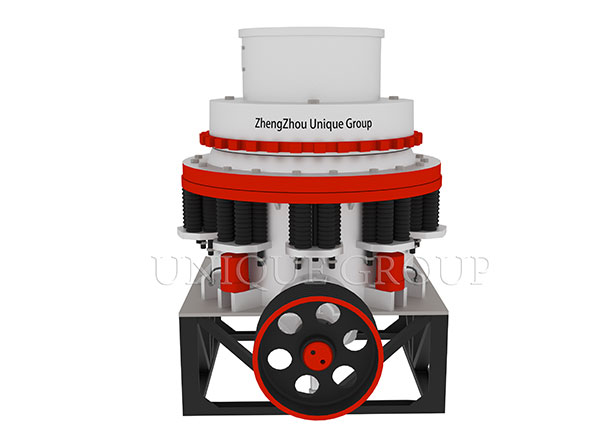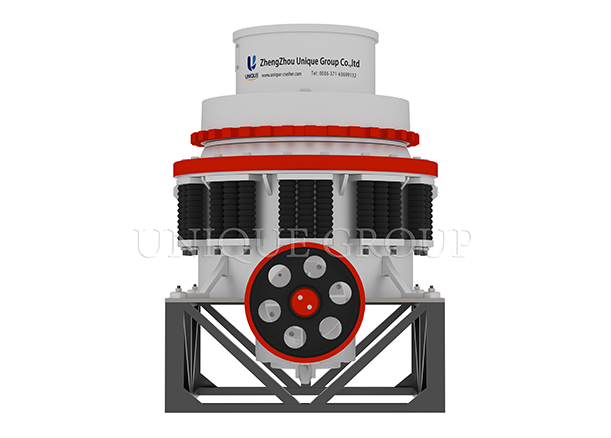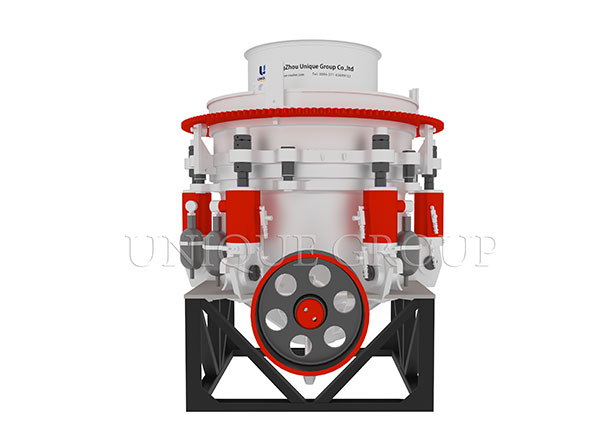Tel: +86-371-63699132
Fax: +86-371-63935058
E-mail:
sales@unique-crusher.com
Zip Code: 450008
The main differences between hammer crushers and impact crushers can be summarized as follows:
Working Principles:
Impact Crusher: Uses impact energy from a high-speed rotor with plate hammers to crush materials. The material is crushed by repeated impact against the plate hammers, impact device, and then rebounding back to the plate hammers for further crushing.
Hammer Crusher: Also relies on impact energy, but the material is mainly crushed by the high-speed rotating hammer heads impacting, shearing, and tearing it apart. The material is also affected by gravity, causing it to rush towards the baffle and screen bars within the crusher.
Main Structures:
Impact Crusher: Its main components include springs, railings, front and rear impact frames, impact liners, square steel, plate hammers, a rotor frame, and a locking mechanism.
Hammer Crusher: Comprises a casing, rotor, hammer heads, main shaft, impact lining, and screen plate. The rotor with hammer heads is the primary working part.
Crushing Materials:
Hammer Crusher: Suitable for softer materials like coal, salt, chalk, gypsum, bricks, limestone, etc.
Impact Crusher: Can handle a wider range of materials, including soft and medium-hard materials. It does not have grates, which prevents clogging when processing high moisture content materials.
Production Costs:
Initial Purchase Cost: Impact crushers are generally more expensive to purchase than hammer crushers.
Maintenance Costs: Hammer crushers have higher maintenance costs due to the larger number of hammer heads that need to be replaced and the more labor-intensive replacement process. Impact crushers, on the other hand, have a simpler replacement process for plate hammers, leading to lower maintenance costs.
In summary, while both crushers operate on the principle of impact to crush materials, the hammer crusher is more suited for softer materials and has higher maintenance costs due to the nature of its hammer heads. The impact crusher is more versatile in the types of materials it can handle, has a more complex structure, and is more cost-effective in terms of maintenance despite its higher initial purchase price.
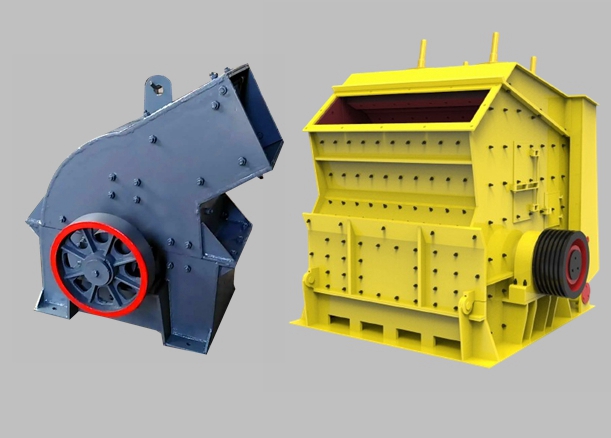






 العربية
العربية Español
Español Português
Português Deutsch
Deutsch